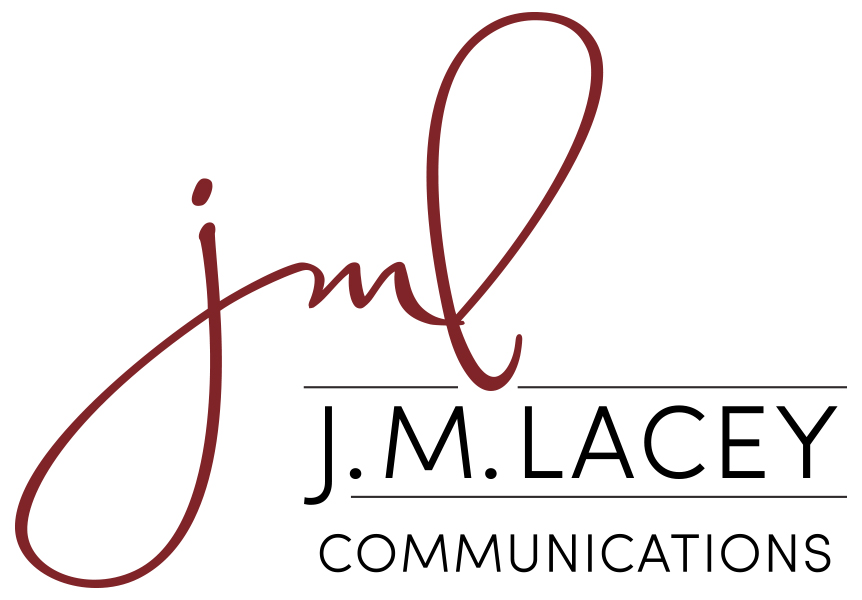I don’t know about you, but I live my daily life by my calendar. Balancing a million projects (slight exaggeration) at once makes my head spin, but at least I know what I must focus on, where I need to be, and when.
If you work in communications at your company or run your own business and manage the marketing, chances are you are guided by a calendar. Even more important is the editorial calendar to keep your media communications in order.
In my case, I manage two separate brands; two businesses in fact, so I need to stay organized. With two websites, two bi-weekly newsletters, separate social media accounts, and of course, the actual products and services with each, you can imagine how careful and systematic my communications need to be.
An editorial calendar has been a timesaver for me for many years, even before I became my own boss. Working in communications and marketing before taught me the value of this calendar. To this day, I refuse to live without it.
Whether you choose to outline your calendar on an Excel spreadsheet, or you have a more intense report documented with multiple departments involved, you know it is your communications lifeline.
But what you may (or may not) realize is how important this handy calendar is to emphasize your brand image. How so?
What an editorial calendar is
First, for those who might be new in the communications field, you might wonder: what is an editorial calendar?
Simply put, it is a calendar to keep track of your communications themes and marketing content. You organize what you are communicating, the type of content, and where you share it. It also includes deadlines for completion, deadlines for publication, contacts, and responsible parties.
Your calendar gives you an overview for the coming months to year of the topics of focus. Understanding these main themes helps shape your content moving forward. In other words, you know your objectives and where you need to end up.
For example, my editorial calendar includes topics (or themes) for my bi-weekly newsletter, publication date, and other areas to share the content. I can also pull additional content from one article and place it in the appropriate marketing mediums. I organize talking points according to importance and current interest, and what I think will appeal to my readers.
This is similar to a newsroom. When producing a magazine or newspaper, the editorial team outlines specific themes on which to focus. Then they look at story ideas to coincide with that focus. In addition, they decide where else to post the article and what elements to use to attract readers.
When you outline your topics, you might also see what the media would be interested in knowing and how you can tie that into your pitch to them.
Why an editorial calendar is necessary
Second, your editorial calendar is necessary because you must communicate your business regularly. The calendar allows you a long-range view of where you are headed and how you can tie in your overall messaging.
The calendar helps you see what you have already communicated, and what is coming up.
And most important, it gives you the chance to make sure your communications highlight your brand.
How an editorial calendar aligns your brand image
While a calendar keeps you on track and scheduled so you do not miss your communications blasts, a third way an editorial calendar helps is by keeping us focused on our brand image.
We realize when it comes to communications, we cannot simply spit out whatever, whenever, and wherever we want. Our calendar is strategic (more on that next). Every piece of communications — from content, to images, to videos – and each theme is purposefully chosen to align with our brand image. When our audience catches these communications, they know instantly what it means and to whom it belongs.
Having your brand story already in place means you have your messaging. All you do is repurpose and recycle your content in unique ways instead of starting from scratch every time. Your message is the same; the mediums used determine how you shape your stories from that message.
Your communications are all about your brand. Your calendar is an overall view for you to make sure each bit of content you plan on sharing, both externally and internally, represents your brand to the utmost degree.
How an editorial calendar keeps your marketing on target
Fourth, your editorial calendar is strategic and helps keep your marketing on track. In other words, you have your communications and marketing outlined purposefully to make sure it tells a succinct story. Your brand story you share through your communications must be as smooth as skating on ice. Slick.
Marketing is more than getting your organization in front of people. It is about crafting a map you want them to follow to understand you and develop trust. You take people on a journey through your artfully designed marketing path. But you also need to keep track of where you take them. You want to avoid repeating the same steps or communications. Or rolling over the same mediums. Knowing where you have been, where you are, and where you are going will help your audience avoid getting lost.
A marketing calendar keeps all of us focused. It means we do not sit down with our head in our hands wondering what to communicate and how. We avoid not knowing our objective and how we can reach it. And when we have multiple tasks to juggle, it keeps us, and our communications, organized.
An editorial calendar not only keeps our communications and marketing organized, but it helps us make sure all our content aligns with our brand image. We understand our objective and how we need to reach it. Our content — including text, images, and videos — should highlight our brand story. Our editorial calendar keeps our strategic communications on track giving us a long-range view of how to share our story in a way our audience can enjoy the journey.
Need help telling your business or author story? My brand training helps you live your brand by recognizing your story and learning how to use it effectively to enhance engagement and increase sales. To learn more, reach out to me at jmlacey.com.
 Want an editorial calendar and planner to get you started? Check out my store.
Want an editorial calendar and planner to get you started? Check out my store.
 Love what you are reading? I’d appreciate your support! Click here to Buy Me a Coffee.
Love what you are reading? I’d appreciate your support! Click here to Buy Me a Coffee.


Recent Comments